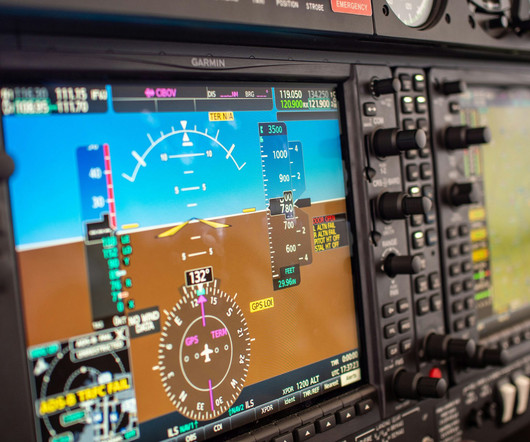Quiz: Airspace classifications and rules
Flight Training Central
MARCH 10, 2025
To warn pilots of a high volume of pilot training or other unusual aerial activity. To segregate military training activities from aircraft operating under instrument flight rules. A ceiling of 1,000 feet and have visibility of at least 3 statute miles. Pilots flying within __ NM of the Washington D.C.

















Let's personalize your content